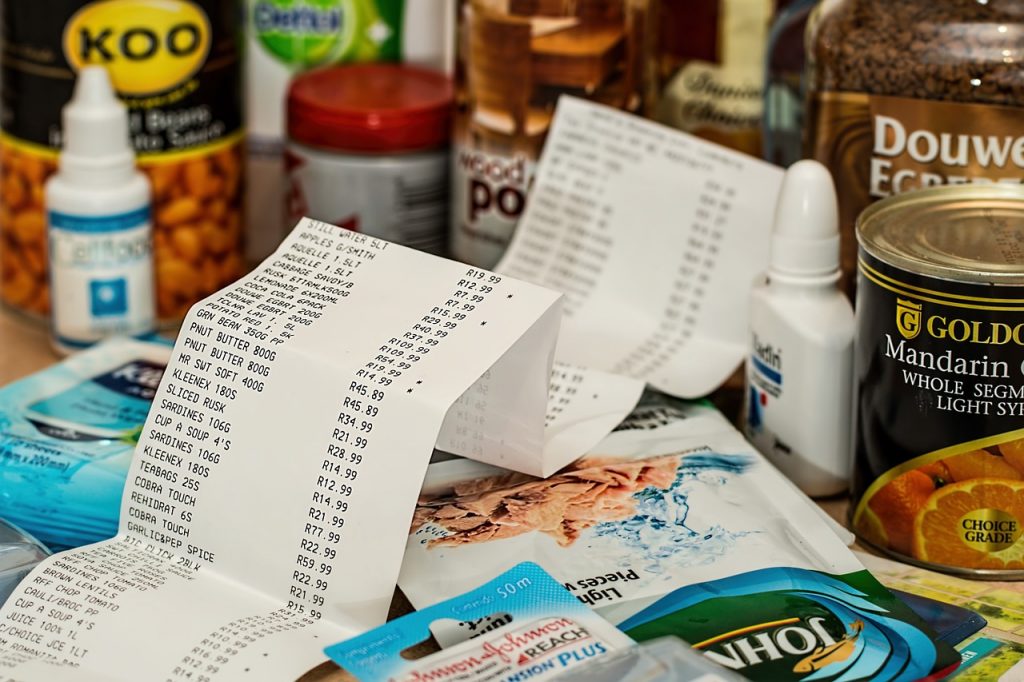Why You Might Be Paying Too Much For Products When You Shop Online
Buyers take heed, shopping online may be costing you more money than it should, find out why.
This article is more than 2 years old

Shopping online is as convenient as it is addictive. There is something so intrinsically satisfying about getting that little hit of dopamine every time you tap or click the “Place Order” button. And for the most part, e-commerce has done impressive things for the retail industry, especially when considering the purpose it served during the height of the pandemic. However, amongst all the positive, the New York Times pointed out that an important component is getting lost within the process of online shopping. The fact is that you could very well be paying too much for the products you purchase online.
On the surface, that may seem like a bold statement. Discount websites like Amazon built their reputation on having prices that could best brick and mortar stores. This is true, but what you may not notice, using Amazon as an example, is that prices are constantly varying. Furthermore, Amazon shopper and mother of three, Krista Hoffmann, noticed during the holidays that Amazon had chosen to forgo revealing prices altogether in the catalog that was sent to her home. Referring to the price absences she said “At first, I thought I wasn’t looking close enough…Then I realized, ‘Oh, this is intentional.” Just this one example serves as a red flag to indicate something with online shopping is potentially going awry.
Amazon isn’t the only online retailer choosing to be coy with its prices. A quick visit to any product-centric profit-driven website and you’re likely to find the products front and center with the prices neatly tucked away into less obvious areas. The New York Times highlighted that e-commerce was initially supposed to be advantageous for the consumer because of the healthy competition it was meant to breed. However, the opposite of such is a trend that has been occurring as of late. Essentially, retailers are toying with or making prices less obvious and banking on the fact that the consumer either won’t notice or won’t care because of a propensity to choose the convenience that online shopping provides over cost. Or, thinking in a similar vein, be able to justify that cost by putting a value on a said convenience.
What’s happening with online shopping is exceedingly problematic on the consumer end, because all the pricing power is being put into the hands of those whose main concern is to bolster their bottom line. And it’s only getting worse. Two economics professors at MIT, Glenn Ellison and Sara Fisher Ellison, explained that pricing obfuscation is occurring at an increasing rate and as a result consumers are paying more (sometimes unknowingly) for everything. Which “For consumers, it is almost exclusively negative,” said Glenn Ellison.

This problem has only been further exacerbated by the circumstances brought on by the pandemic. A good way to measure this is by taking a look at the way Amazon sets its prices – which are in constant flux. Amazon prices are set via an algorithm that adjusts with market volatility. Meaning, prices go up and down mostly in accordance with supply and demand. This is why during the pandemic many people were paying an exorbitant amount of money online just to get their hands on a couple of rolls of toilet paper.
Another good example is what happened following the release of the Playstation 5. When the console was initially released in November of 2020 demand far exceeded supply. This was largely due to chip shortages caused by a lack of production during the height of the pandemic. In turn, prices of the consoles that were able to be found at some places via online shopping skyrocketed to unfathomable heights. People ended up paying thousands of dollars for a console only meant to be sold for $500. This is an extreme example, but it’s a good way to highlight what is going on to a lesser degree on a wider scale.
So what can you do? How can you avoid the pitfalls of being taken for a price ride when you partake in online shopping? The answer is really just to do your research, and when possible perhaps opt to shop at a physical store where the prices are guaranteed to be firmly set by the manufacturer. Mike Stouber, a vice president at a communications firm in New Jersey, put it best when he said to companies “It’s a game. It really is just a game.” The best way to fight back is to empower yourself with the knowledge to know better.




